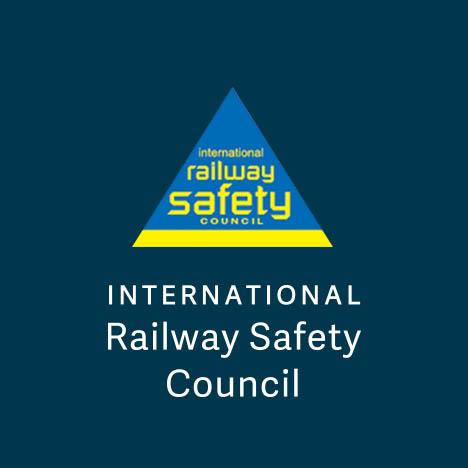The ever-changing demands for secure railway systems necessitate significant developments in technology within and surrounding railway operations across the globe. The most fundamental and significant component of the railway signalling system is the interlocking system. It ensures the safety of train movement. The railway signalling system has evolved through three stages: mechanical interlocking system, relay interlocking system, and computer-based interlocking system. This study presents the evolution of interlocking system and examines the future development direction of railway interlocking system based on a review of the history of railway signal development. Despite its rapid evolution, the new computer-based interlocking systems are designed and developed in line with European Committee for Electrotechnical Standardization (CENELEC) standards that meet Safety Integrity Level (SIL).
Both freight and commuter train operations require similar highly safe and always available signaling systems to control and prevent tragic events. Railways, like the mining business, prioritize safety because one incident is one too many. As a result, higher availability is continually necessary for signalling systems to operate effectively, suggesting that external environmental conditions must be consistent, and a lack of physical security may impede system performance due to theft and vandalism. Power supplies, severe weather conditions, resilient communications systems, strengthened data center facilities, and cyber-security systems are among the crucial enabling systems and critical environmental conditions.
This paper examines the level to which South African railway operators have installed and are using modernized safe computer-based interlockings, as well as whether these systems provide some aspects of safety performance in the form of fallback functionality. This paper will provide global comparison of asset life cycle management of computer-based interlocking systems. Furthermore, the influence of using a computer-based signalling system that uses cloud-based architectural technology on safety performance and physical security needs is assessed in this paper. It is critical for South African railway operators to embrace hybrid innovation technologies to ensure dependability and high availability in signalling solutions for future usage in both freight and passenger rail.
The design, development, testing and implementation of computer-based interlocking systems follows the V-model of systems engineering’s stringent systems engineering procedures of verification and validation. Integrated processes of system design, technical management, and product realization guarantee that all phases completely meet the requirements. Ultimately, cloud-based interlocking solutions are desperately needed to reduce installation costs while safeguarding assets from theft and damage.

